CLOVERFIELD (2008)
A group of friends venture deep into the streets of New York on a rescue mission during a rampaging monster attack.
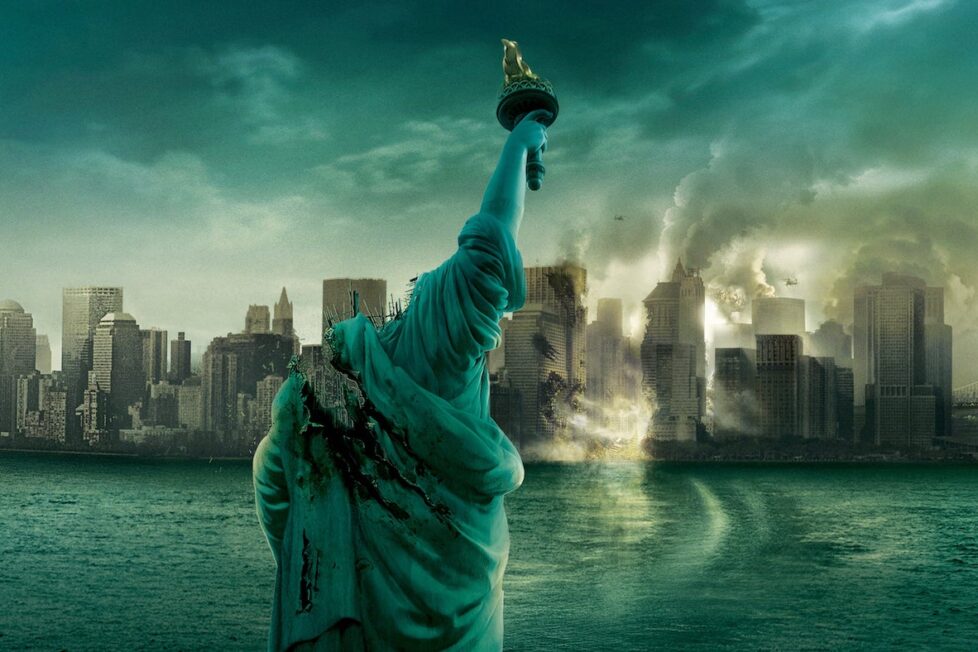
A group of friends venture deep into the streets of New York on a rescue mission during a rampaging monster attack.


The Blair Witch Project (1999) brought found footage—a hitherto experimental technique used on a handful of obscure movies—into the mainstream, proving that deliberately lousy production values and huge box office receipts weren’t incompatible. But it wasn’t until Cloverfield nine years later (then Paranormal Activity the following year) that found footage films again attained the critical and commercial success of Blair Witch.
A clever pre-release marketing campaign, tightly controlling the drip-feed of information online and encouraging it to spread virally, somewhat resembled that of its 1999 predecessor and helped Cloverfield gain widespread anticipation. So, doubtless, did the way the film presents an essentially conventional story (a young man and supportive pals struggle to rescue the woman he loves from peril in the midst of a more enormous disaster) in voguish found footage packaging, with plenty of blatant allusions to 9/11 providing topical resonance (Although these were criticised as exploitative by some). The film was directed by Matt Reeves, who went on to have a flourishing career with Let Me In (2010) and two of the Planet of the Apes remake sequels, but much credit for the concept lies with producer J.J Abrams (then best known for co-creating the TV series Lost), who was intimately involved with Cloverfield from the beginning and produced it through his Bad Robot company.
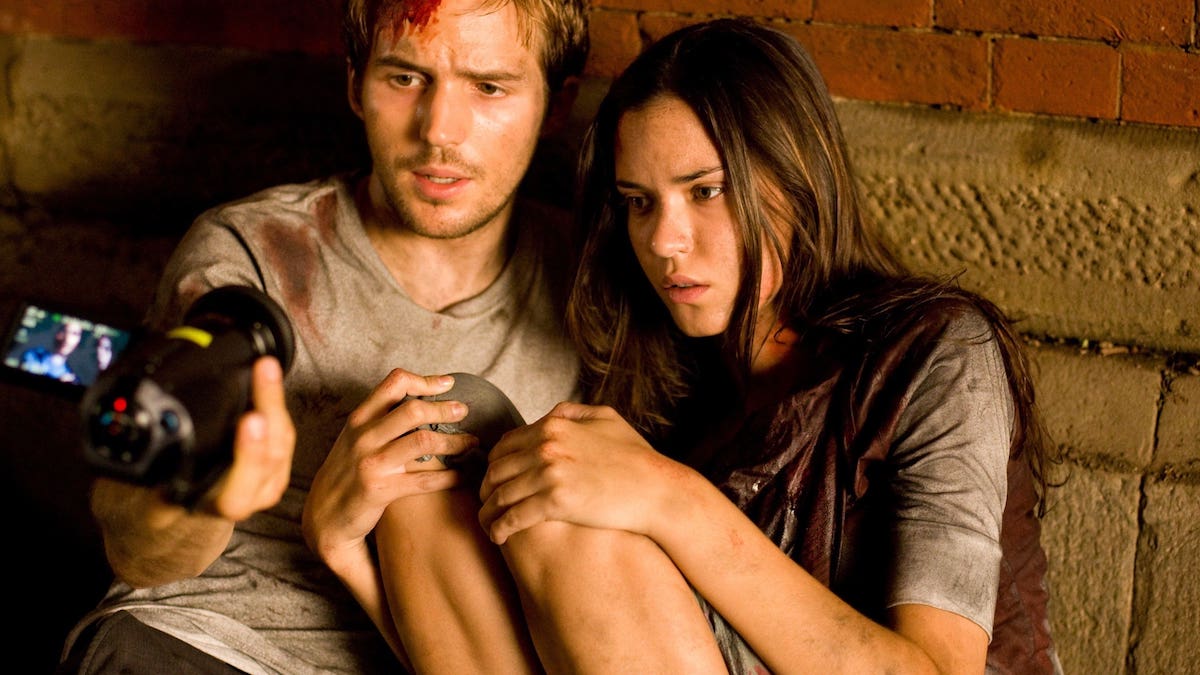
Set entirely in New York City (although some interiors were shot in California), Cloverfield establishes its found footage credentials from the outset, with a claim that what we’re about to see comes from a camcorder retrieved by the US Department of Defense at an “incident site” formerly known as Central Park; the incident is codenamed “Cloverfield” and its designation, US-447, perhaps implies similar cases elsewhere.
The action proper begins in much less worrying circumstances, early in the morning on an April day in an apartment high above Central Park. “Beth’s dad’s place,” says a male voice; this, it turns out, is Rob (Michael Stahl-David). He soon points his camera at a young woman one might presume to be his girlfriend, Beth (Odette Yustman), and the pair decide to go to Coney Island for the day. This is only a prologue, however, and turns out to be older footage that’s mostly been overwritten by filming nearly a month later, on the same camera.
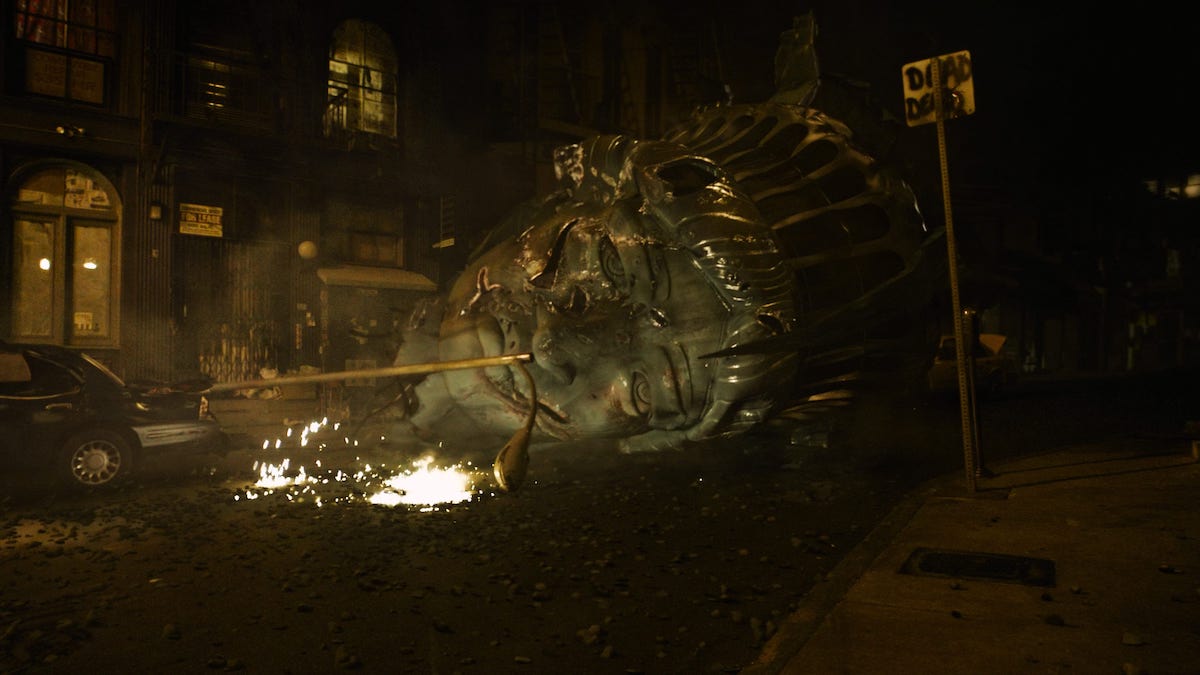
This later material—which forms the bulk of Cloverfield and, in the movie’s 85-minute runtime, covers around seven hours—begins at a late-night party celebrating Rob’s new job in Japan. The camcorder is now wielded by Hud (T.J Miller), who films most of the material seen in Cloverfield, frequently insists on the importance of “documenting”, and whose sometimes awkward social skills provide Cloverfield with an element of low-key but continual humour which might seem risky in a found footage movie (making us laugh at, rather than identify with, the characters) but which it manages to carry off.
At this point, it may not be entirely clear what’s going on! An irony of the film is that, while things are confusing to us at the beginning, they’re presumably perfectly normal and comprehensible to the characters, and it’s only when pandemonium descends that it all starts making sense to the audience. It perhaps doesn’t greatly help, in this respect, that Hud and Rob bear some resemblance, as do Beth and another young woman in their group, Lily (Jessica Lucas); all of the characters, in any case, are of much the same age and social class and seem rather superficial. The party sequence is focused on trivia and deliberately not exciting; Rob being peeved at Beth hooking up with Travis (Ben Feldman) is about as dramatic as it gets.
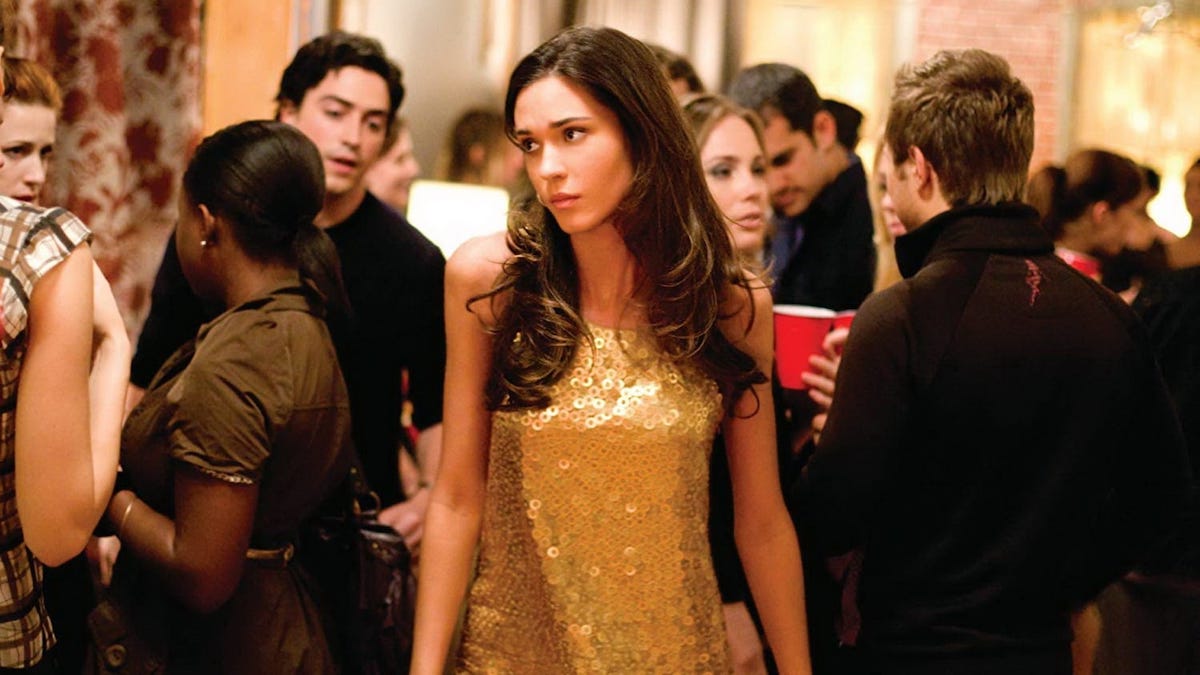
18 minutes in, though, we get the first sign of something wrong: what seems to be an earthquake, followed by trouble with the electricity supply, and then a huge explosion in the distance which the partygoers witness from a rooftop. Before long our protagonists—emerging now as Rob, Hud, Lily (Jessica Lucas), Marlena (Lizzy Caplan) and Jason (Mike Vogel)—are on the panicked streets of Manhattan and the echoes of 9/11 become overt: crowds fleeing from skyscrapers, people covered in white-grey dust. Later, like 9/11 rescue workers, Cloverfield’s central characters debate how to get up into a building to save someone; Hud, standing in for conspiracy theorists, even suggests that the government might have created the monster which we initially glimpse on TV about half an hour into the movie and don’t see clearly until much later. (The first reference to its existence is in fact verbal, rather than visual, and all the more impactful for that: a bystander says “it” is moving down a certain street, before we have any idea what “it” is.)
The Statue of Liberty’s head lies in the street; the Cloverfield monster, like King Kong, might be attracted to landmarks. There is looting. There are police, troops, and tanks everywhere. “Whatever it is, it’s winning,” says one soldier, and the characters we’re following decide to flee Manhattan along with everyone else. But it proves not to be so easy…
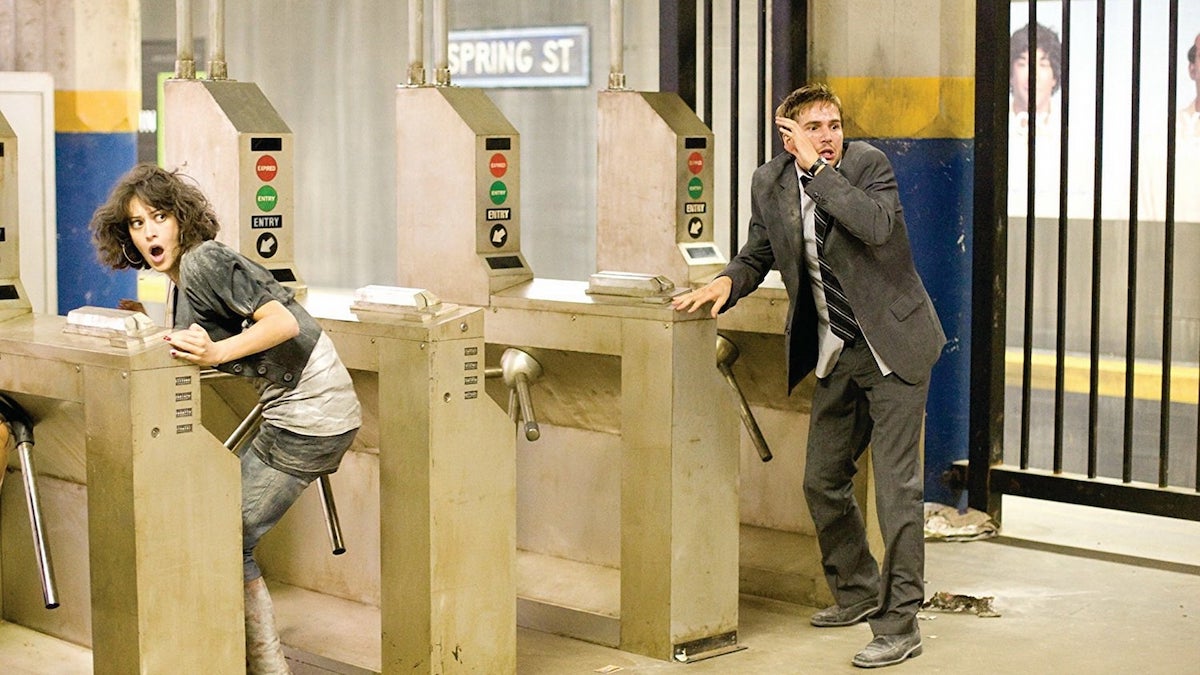
Cloverfield can seem odd at first, with its long and draggy introductory sequence of entitled twenty-somethings trading small talk without a threat in sight. it certainly struck many that way when it was released. But its pacing, from this slow opening up to a thrilling climax with a helicopter which verges on action-movie material, is carefully managed and contributes much to its effect.
In visual style, it often looks more chaotic than the likes of Blair Witch (much of it was actually shot by Miller the actor, whose character Hud wields the camera in the film), though it’s not actually as consistently wobbly as its reputation suggests. But underneath it is just as organised as that film: progress in time and changes in geographical location are vitally important and usually clearly signposted; goals and deadlines (rescuing their friend, getting on the last helicopter out of Manhattan before it is destroyed) are set up for the characters.
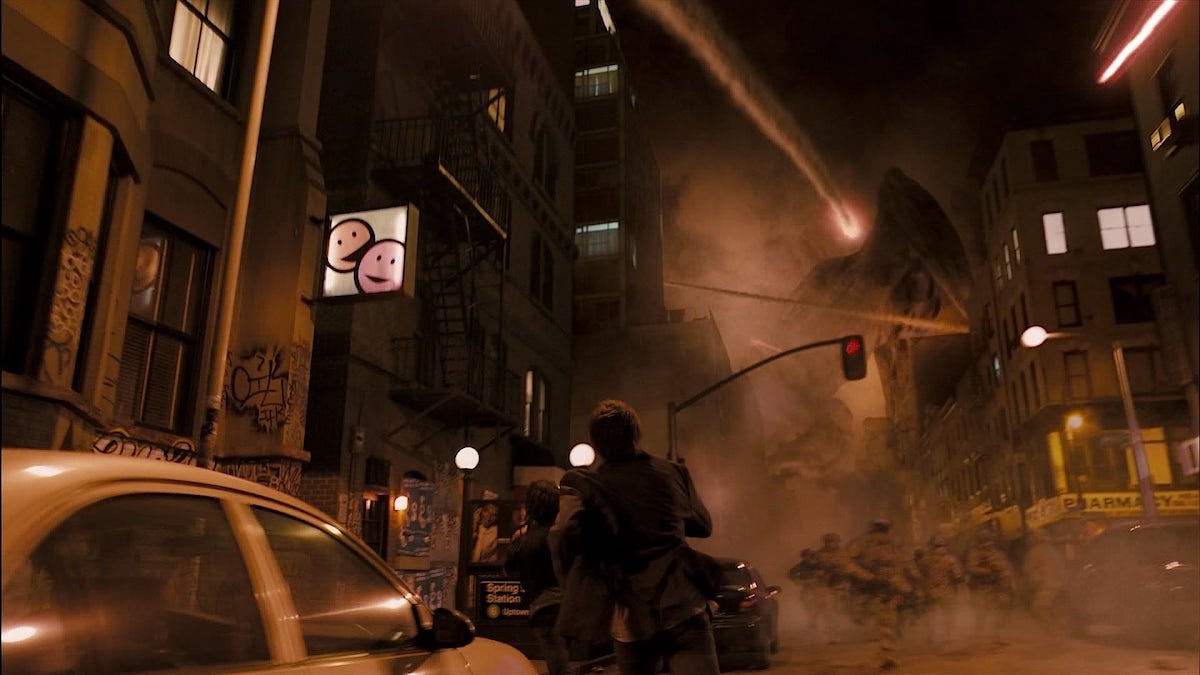
Variety in locations—the city streets, Spring Street station, subway tunnels, a partially-ruined building, Central Park—also help to spell out the structure as well as maintain interest, and quiet moments can be just as impactful as dramatic ones: a horse stoically pulling an empty carriage, no doubt used earlier that very day for tourist rides but now abandoned along with its animal, is one of Cloverfield’s most memorable images.
As in many found footage movies, the characters are decidedly secondary to the narrative, the style and the VFX, though Caplan and Stahl-David stand out at least a little in making Marlena and Rob credible. The creature itself (designed by Neville Page, also responsible for Avatar the following year) plays a less direct role in the action than you might expect—it remains an almost completely incomprehensible, very real yet slightly distant threat, thrashing and roaring away in the background—but the smaller, insect-like parasites it carries, the size of a large dog, are encountered in much more detail and are equally disturbing in a different way.
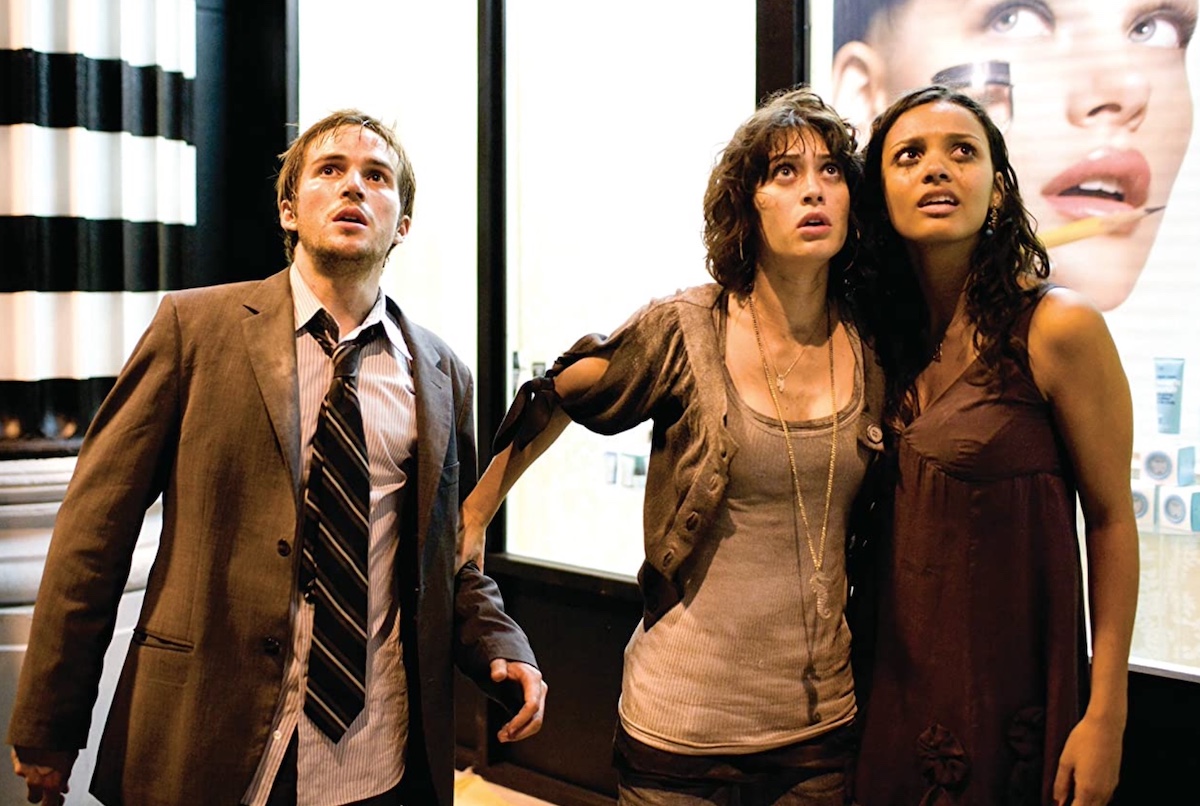
Perhaps Cloverfield suffers a little from the lack of explanation it offers. Of course, keeping audiences as ignorant as the characters of this extraordinary phenomenon’s exact nature is deliberate, yet it also means that some of the most interesting ideas behind the production could be lost on viewers. For example, the filmmakers conceived the monster as essentially anxious rather than aggressive (“there’s nothing scarier than something huge that’s spooked”, said Reeves), yet one could easily never pick up on this. Even those willing to do extra work and research the back story through Cloverfield’s online complements could be frustrated; did the monster come from space or from the ocean, for example? There are contrary suggestions (but watch the Coney Island skies in the very last minutes for a possible clue).
None of this harmed it much at the box office, and while critics acknowledged its limitations, many felt it lived up to modest aspirations well. Todd McCarthy in Variety, for instance, considered it “cleverly and resourcefully made… as well as both tense and intense” though Manohla Dargis in The New York Times was less impressed: “Nominally [it’s] a monster movie, but mostly it’s a feature-length gimmick.”
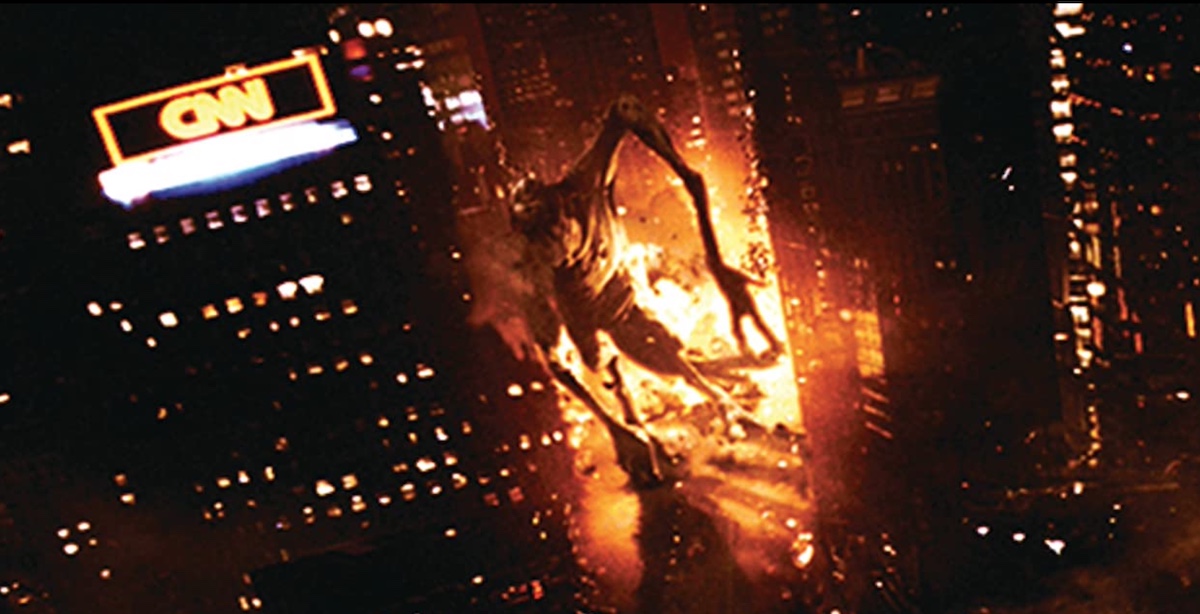
There were two sequels, or at least supposed sequels: 10 Cloverfield Lane (2016) was originally conceived as a completely unconnected concept, and though it’s a powerful and claustrophobic psychological thriller with a great John Goodman performance, the links to the original Cloverfield implied by its ending feel distinctly tacked-on. By contrast, The Cloverfield Paradox (2018) is more obviously related to the 2008 film but is massively inferior to both its predecessors, with good ideas thrown together with little effort to make them cohere. It was a critical flop and not a great commercial success, though memories of the original probably meant it attracted bigger audiences than it deserved.
Cloverfield was the first big found footage movie after Blair Witch. And much like its forebearer, it conceals some precise narrative crafting beneath an apparently slapdash surface. Both are slicker cinematic products than they seem. But it’s very different too: it doesn’t have the raw power of Blair Witch (some of which came from novelty, of course), and it’s not frightening. Much of its interest—as with most disaster films—comes from witnessing an apocalypse descend on familiar surroundings, and wondering what such a cataclysm would actually be like. And its final impact, again very unlike Blair Witch, is more emotionally moving than terrifying.
Coming nearly a decade later, Cloverfield naturally wasn’t as shocking or transformative as Blair Witch, either. But it’s still one of the best found footage movies; a skilful and effective film which blends the monster and end-of-the-world genres to prove that the style does not have to be limited to horror.
USA | 2008 | 85 MINUTES | 1.85:1 | COLOUR | ENGLISH

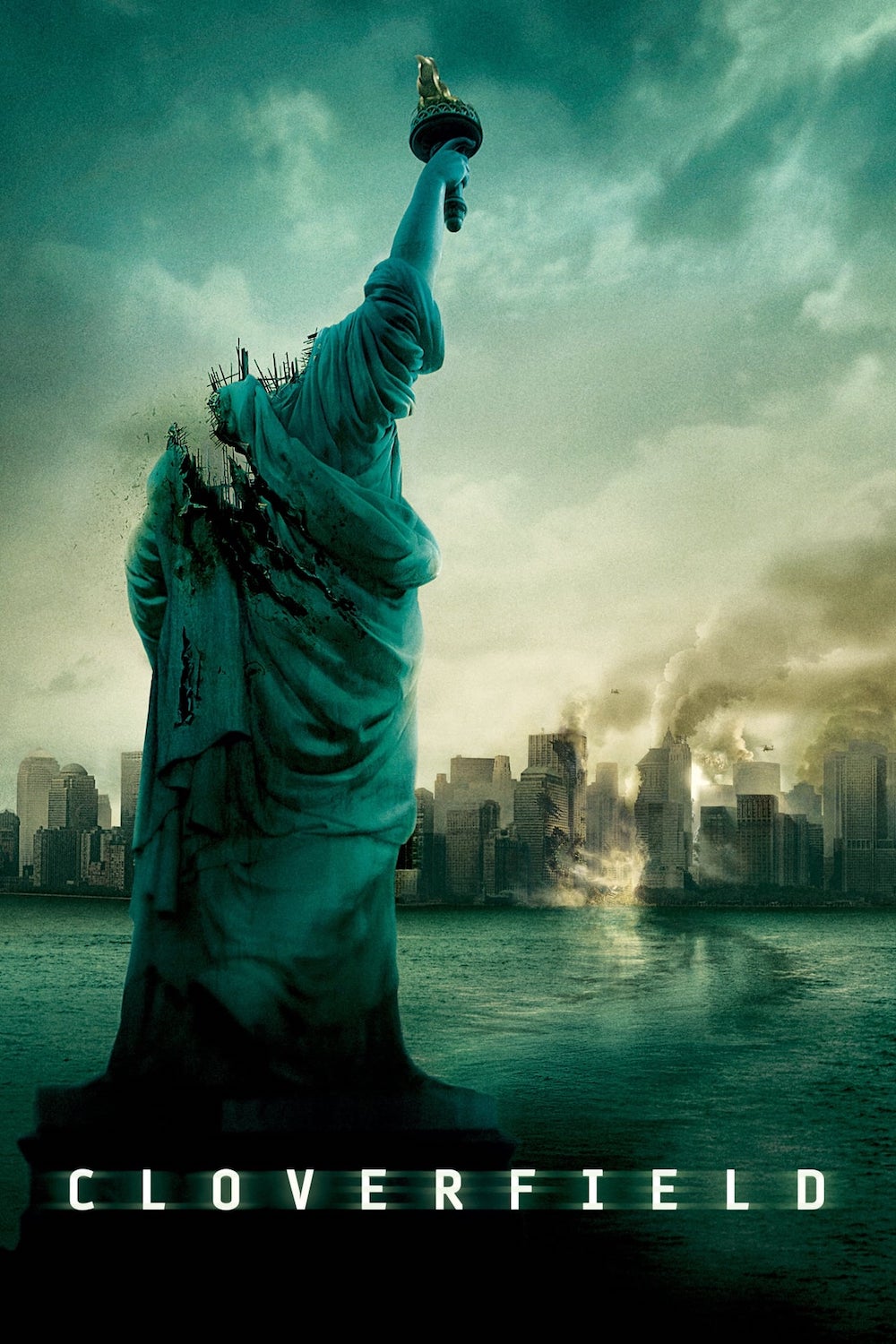
director: Matt Reeves.
writer: Drew Goddard.
starring: Michael Stahl-David, Odette Yustman, Lizzy Caplan, Jessica Lucas, T.J. Miller & Mike Vogel.
